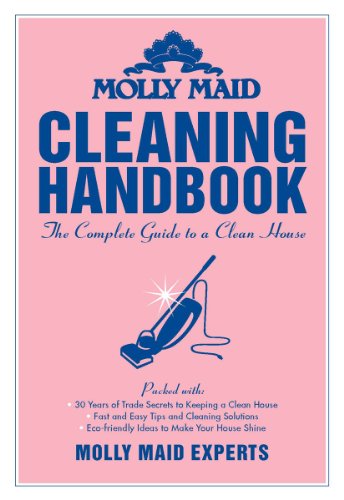
While you often hear about germs in public places (on doorknobs, railings and other surfaces), it’s much less common to think about germs living in your own home. But they do. In fact, studies have identified where exactly in the house germs are most common. Here are the top five offenders – and some great cleaning tips to help you take care of them.
Living Room: Remote Control
Nobody thinks to wash their hands before or after using the remote control, it gets dropped on the floor, and pets sometimes mistake it for a chew toy – no wonder it’s often covered in germs. To disinfect your remote control, apply some rubbing alcohol to a microfibre cloth and wipe the front and back and between the buttons too!
Laundry Room: Wet Laundry
Flu and cold germs can live on porous materials such as clothing for eight to 10 hours. Furthermore, bacteria on clothing can multiply quickly and spread from one garment to another, especially if the clothing is wet and left sitting in the washing machine. To stop the spread of germs, wash clothing in ‘hot’ water (at least 150°F) and transfer wet clothes into the dryer as soon as the washing cycle ends.
Bathroom: Toothbrush
Germs love damp places like a freshly used toothbrush. Be sure to leave your toothbrush in a cup to dry after you’ve brushed your teeth. (And, place the cup far away from the toilet – because flushing can shoot bacteria into the air and that bacteria can settle on your toothbrush.) Replace your toothbrush every two to three months. One way to remember is to change your toothbrush at the beginning of every new season.
Bedroom: Mattress
Did you know that dead skin cells, germs and dust mites are commonly found in most mattresses? To combat these unwelcome bed guests be sure to change your sheets once a week and wash them in hot water. At least twice a year, vacuum your mattress and flip it.
Kitchen: Kitchen Sponge
In most homes, the highest concentration of bacteria is found in and around the kitchen sink. To prevent the growth of bacteria, it’s important to keep all surfaces as dry as possible. MOLLY MAID also recommends that you throw away kitchen sponges, which are one of the worst offenders, and use a microfibre cloth instead. A microfibre cloth is an effective cleaning tool and it also dries quickly when you wring it out and hang it up.
Don’t let household germs get the best of you! Contact MOLLY MAID today to book an in-home cleaning estimate for our residential cleaning service. Keep your home happy and healthy with help from MOLLY MAID today.

